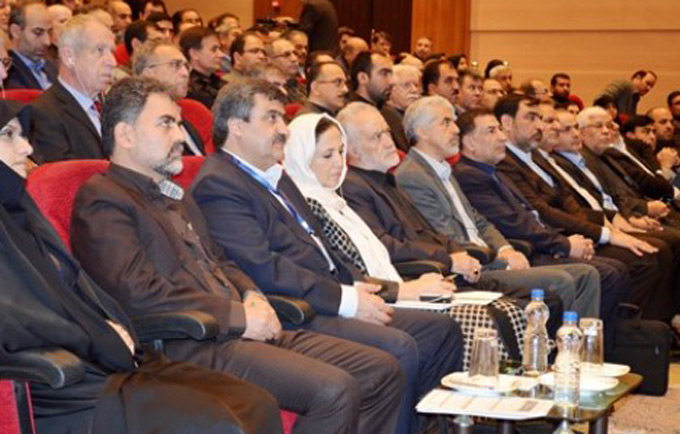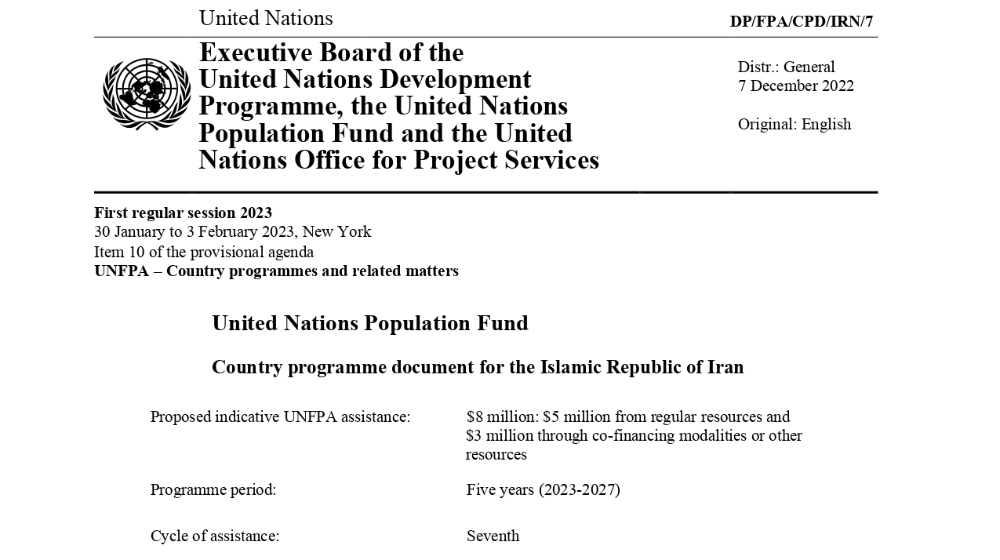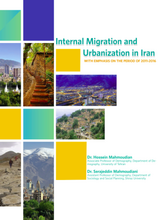The Interior Minister: “Migration in any form is a human issue and has to be approached fairly and within legal frameworks.”
October 27- The International Conference on “Migration: Patterns, Consequences and Policies” was held by Statistical Center of Iran and Statistical Research and Training Center in co-operation with UNFPA in Tarbiat Modarres University in Tehran.
Attending the conference headed by Dr. Adel Azar, the Head of SCI, were a number of high caliber government officials such as Dr. Isaq Jahangiri, the Vice President, Dr. Abdolreza Rahmani Fazli, the Interior Minister, Mr. Avaei, the Deputy Minister and Head of National Organization of Civil Registration, Mr. Hossein Mahmoudian, Scientific Secretary of Migration Conference and Dr. Maha El-Adawy, UNFPA Representative. Also present among the attendees were a number of national and international experts, policy makers and academics to not only celebrate the National Day of Statistics and Planning but also closely study the issue of migration in Iran and find innovative solutions to reduce the risks of such phenomenon.
Dr. Azar welcomed the guests and introduced some outstanding factors of the statistical system in Iran as one of the best in the region and added: “Today based on the International Standards we have achieved a lot in terms of statistics and defining key indices. However the governmental bodies must be aware that it is only through their committed and meticulous contribution of data that SCI can offer reference data to all.”
Dr. Jahangiri also emphasized the capacities of Iran in all fields and on the importance of statistical system explained: “Knowledge-based planning is only possible through having a clear image of the society’s needs, hence the vital role of statistics.”

Dr. Rahmani Fazli focused his remarks on the importance of the issue of migration in Iran and emphasized on strengthening data generation sources. He then presented a brief report on the status of immigrants in Iran and added: “The second form of migration, being the unmanaged illegal form of it, mostly causes difficulties for both the origin and destination countries. This is only solved through meticulous planning and therefore we need to focus more on a right way of thinking and a proper approach.”
Over the past three decades, an average of one million people has annually moved within the borders of Iran. Migration dominantly takes place from less developed regions to more advanced areas. Recently, the Islamic Republic of Iran has been experiencing a slight reversal in migration trends. Meaning that for the first time and based on the 2011 population and housing census, urban to rural migration has outnumbered rural to urban migrations.
Dr. Maha El-Adawy explained on the above: “Migration is a multi-dimensional issue. We have to identify the extent to which migration and its demographic and economic implications on development process are interlinked. The subject was timely and rightly attended to in the General Population Policies addressed by the Supreme Leader of the Islamic Republic of Iran. Therefore it is necessary to integrally and multi-sectorally approach the issue.”
The two-day conference continued with expert discussions on topics such as “Social Factors of Internal Migration” and “Characteristics of Migrants in the Process of Reverse Migration”. The conference closed with a statement read out and practical recommendations with regards to management of internal and external migration.




